Lamb's ear is a perennial with silvery green, fuzzy leaves that sprout tall purple flowers. Many people love lamb's ear because it's low maintenance. But you might be wondering, should you cut lamb's ear back in the fall? We thoroughly researched the answer for you, so look no further!
Let's not beat around the bush. Yes, you should cut back lamb's ear in the fall. This will prevent its silky leaves from rotting. Overall, you will have a happier and healthier plant by trimming it back in the early fall.
Additional questions might come to mind; what soil does lamb's ear like? Or, how often should I water? Continue reading for the answer to these questions and more!
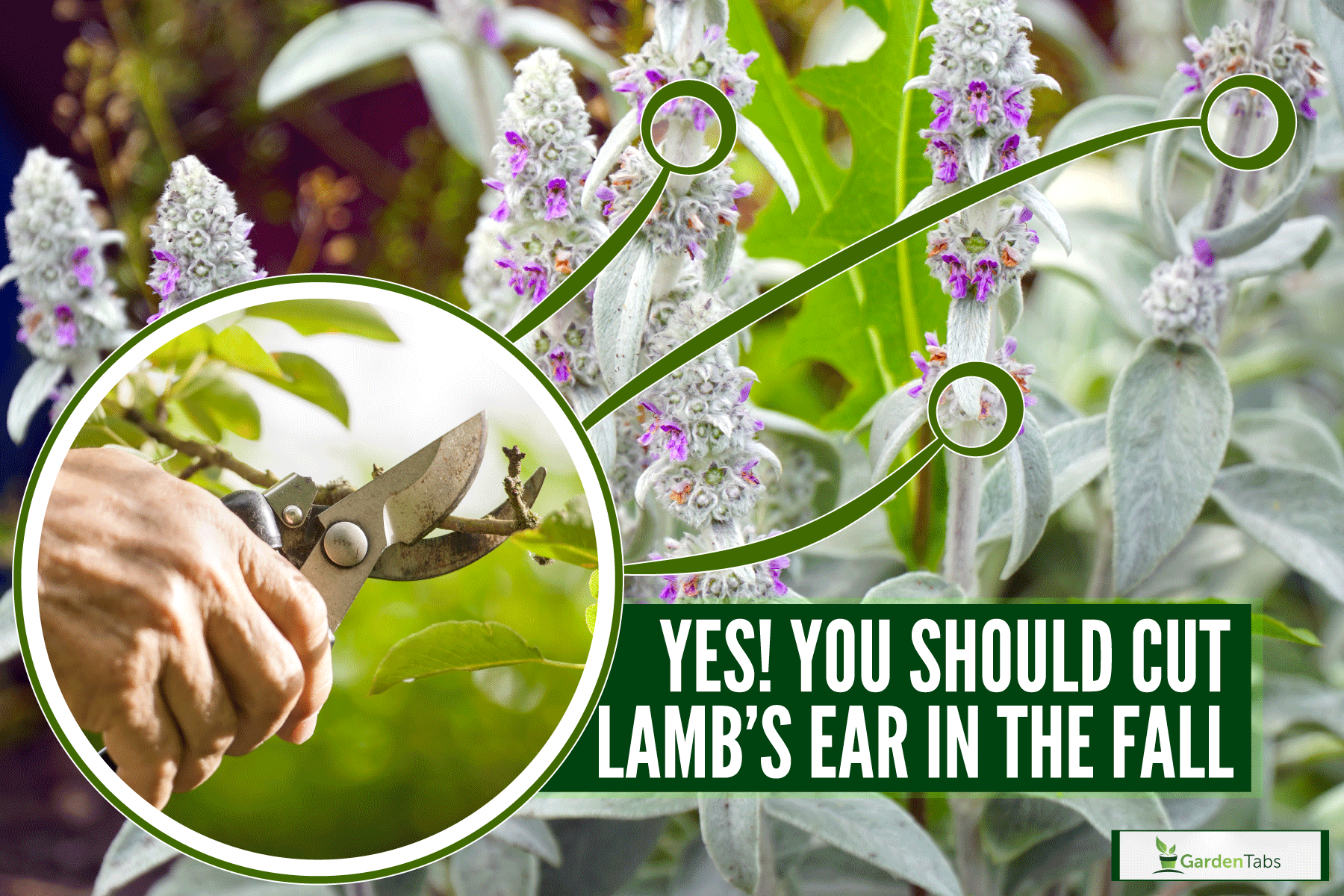
Why Should Lamb's Ear Be Cut Back In Fall?
Lamb's Ear is a lovely border around other flowers or walkways. This sun-loving plant spreads quickly, making it a popular groundcover.
Perennials need maintenance in either early spring or early fall for the best results. This applies to Lamb's Ear as well. Cut back the long purple flowers when the weather turns cool.
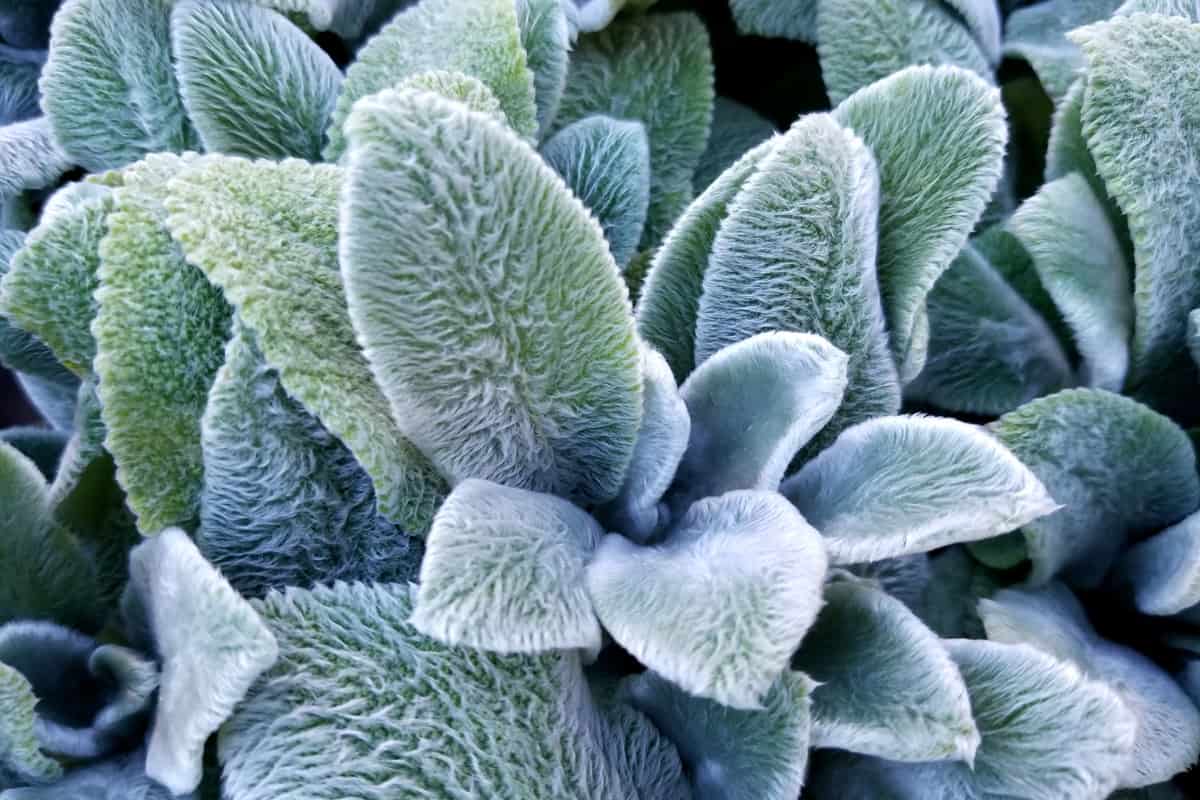
Not only does this keep the plant thriving for years to come, but it keeps your garden looking manicured throughout the winter.
How Do I Prune Lamb's Ear?
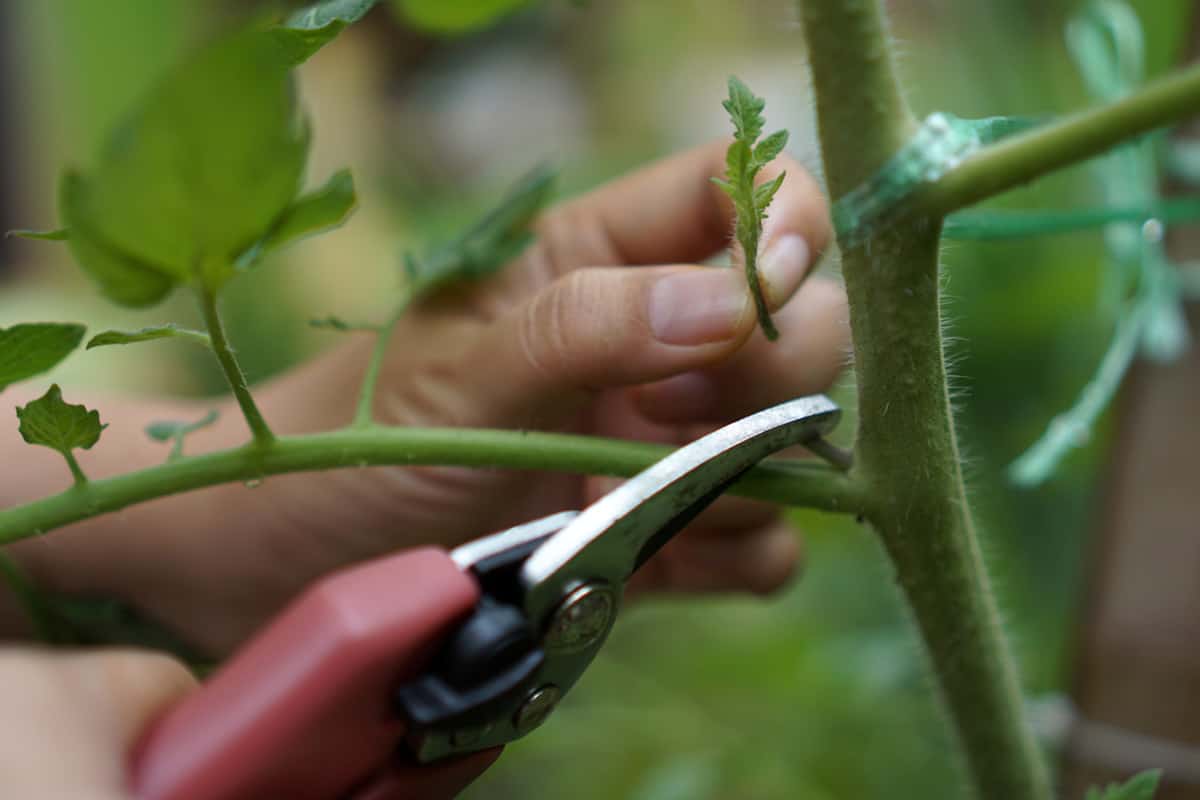
Pruning Lamb's Ear is quite simple and doesn't take much time! Let's review some basic steps for pruning your Lamb's Ear:
- Cut the old, dead purple flower stems to the ground.
- Then, pull up or cut out any dead or withering leaves.
- Tend to the soil around the plant with mulch or perlite.
Voila! There you have it.
The more you prune, the more growth you will see in the following season. Don't worry about over-pruning this plant. The more, the better. You really can't damage Lamb's Ear unless you are pulling out the roots.
What Zones Are Lamb's Ear Grown In?
Lamb's Ear grows in zones 4-8. What are planting zones anyways? It is a map that shows which plant is suitable for your area. Overall, there are 13 different zones.
Knowing which zone you are in is vital for growing the healthiest, happiest plant. Roughly, zones 4 through 8 are smack dab in the middle of the United States. For further study, you can find a full map here.
What Soil Do Lamb's Ear Prefer?

Lamb's Ear does not like rich, fertile soil. Therefore, it can thrive in poor soil conditions, even in hot desert areas. Lamb's Ear loves well-drained soil with a slightly acidic pH. If your soil is not well-drained, you can add perlite, mulch, or compost to remedy this.
Click here to see perlite on Amazon
How Often Do I Water Lamb's Ear?
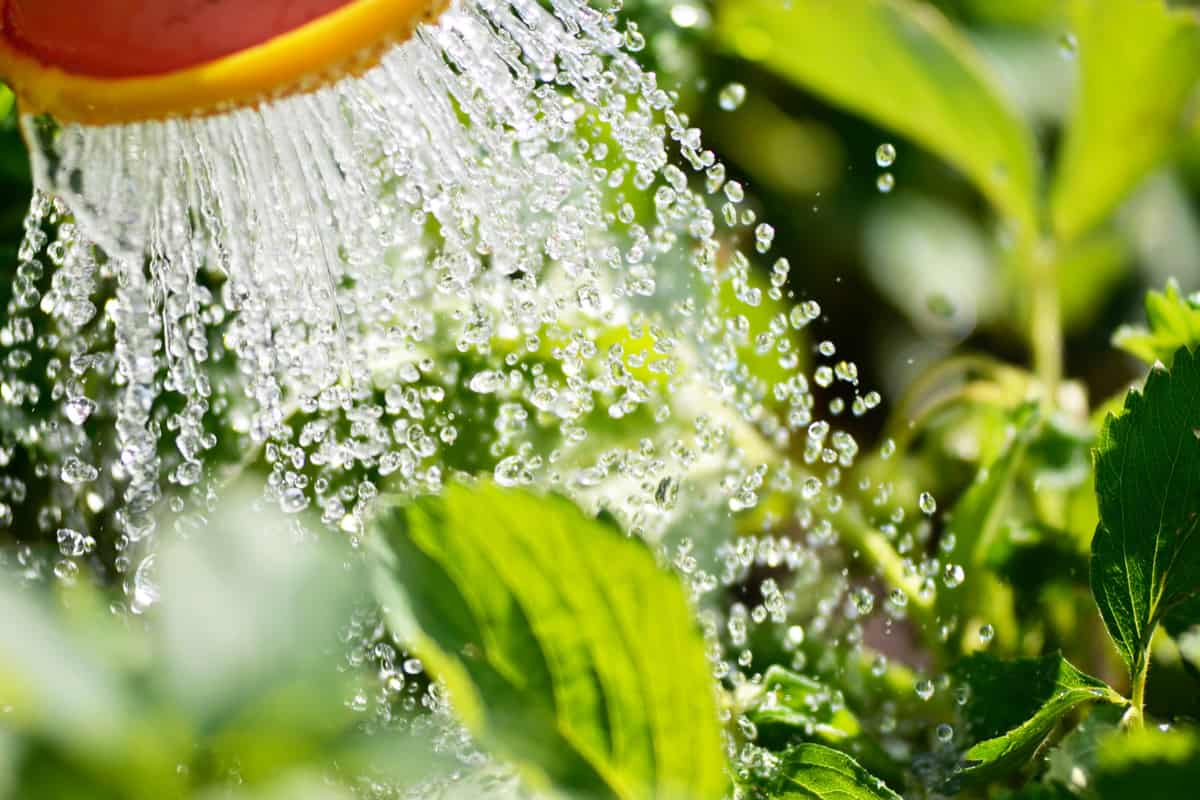
You only need to water Lamb's Ear once a week. Shoot for watering about 1 inch deep each time. These are drought-tolerant plants so water only if the soil feels dry to the touch. Pro Tip: avoid watering the top of the plant because the leaves can develop fungal diseases.
What Diseases Are Lamb's Ear Susceptible To?
Thankfully, Lamb's Ears are not susceptible to pests because of their fuzzy leaves. Although fungal diseases can be rampant. Humid conditions and poor drainage are usually the culprit. When this happens, the best thing to do is remove all diseased plants.
Continue reading to find out how to avoid this in the first place.
How Do I Avoid Fungal Diseases?
- Mulch or Perlite: Mulch can aerate the soil and allow for proper drainage. This is important to prevent fungal diseases from starting.
- Prune Often: Overcrowding can cause excess moisture and result in mold around your Lamb's Ear. To prevent this, don't be afraid to prune your plant often by removing any dead or dense areas.
- Avoid Overwatering: First, avoid watering too often. Second, avoid watering on top of the plant to prevent mildew. Always water at the base near the roots.
Why Is My Lamb's Ear Dying?
Lamb's Ear can tolerate just about anything without fully killing off the plant. Even so, fungal diseases are the main culprit when there's a dying Lamb's Ear plant. Some say that snails and slugs can also cause major damage, although this is less common.
Do Lamb's Ear Attract Bees?
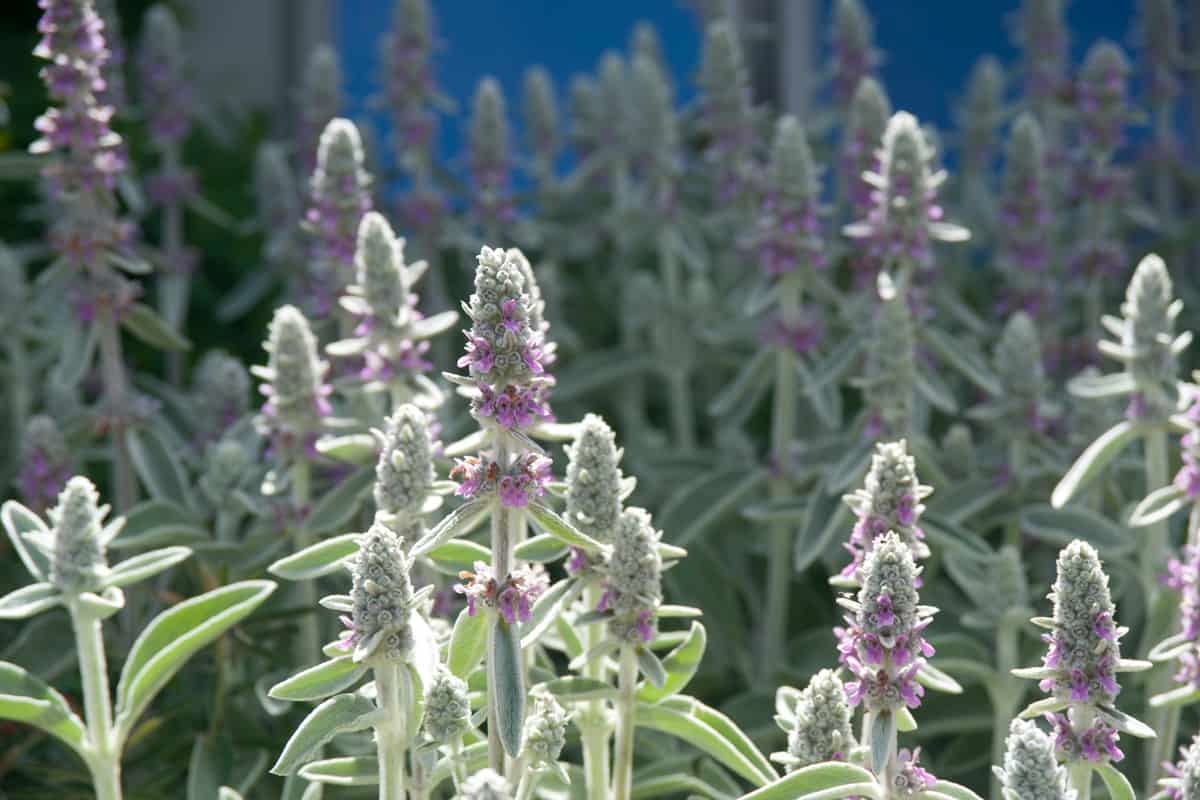
Absolutely! Lamb's Ear has a reputation for attracting bees. When the purple flowers bloom, expect to see a family of bees invading your garden. Bees are important for cross-pollination and nourishing your other flowers and plants.
Are There Medicinal Uses For Lamb's Ear?
Lamb's Ear has an interesting history. Originally, this plant was useful for soldiers on the battlefield to heal wounds. The leaves absorb blood and also contain antibacterial and anti-inflammatory properties.
Not only can you use it for bee stings, cuts, and scrapes. But Lamb's Ear is edible! Some say it has a fruity taste, and it is a common addition in teas or salads.
Can Lamb's Ear Be A Houseplant?
Lamb's Ear can be a houseplant with the right environment. It requires ample light, so make sure to place it in a south-facing window. Also, don't make the mistake of overwatering. With these tips, Lamb's Ear can be a pretty and effortless addition to your home.
Is Lamb's Ear Considered Invasive?
You definitely don't have to do anything special to promote Lamb's Ear from growing and spreading in your garden. This is one plant that can be invasive, so keep that in mind when planting. To prevent them from overtaking your garden, prune away!
What Plants Go Best With Lamb's Ear?
Are you planning a cottage garden but don't know where to start? Lamb's Ear attracts bees and sprouts pretty purple flowers, making them ideal. But what other plants go well with Lamb's Ear?
First and foremost, choose plants that have the same growing needs. Here are a few we recommend:
-
Yarrow:
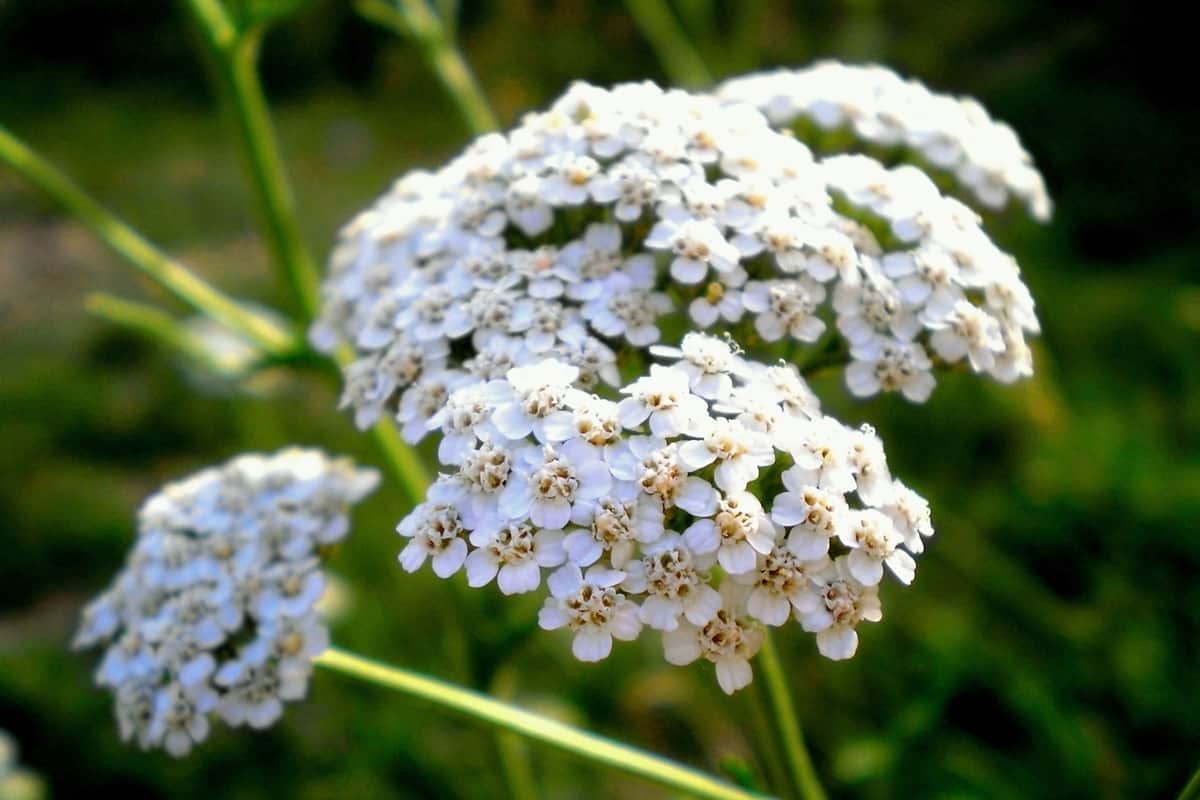
Yarrow is a hardy perennial with tiny yellow, sometimes pink or red, flowers. They are perfect for borders or as a groundcover since they spread low and quick. They attract butterflies, making them a favorite among planters.
-
Nepeta:
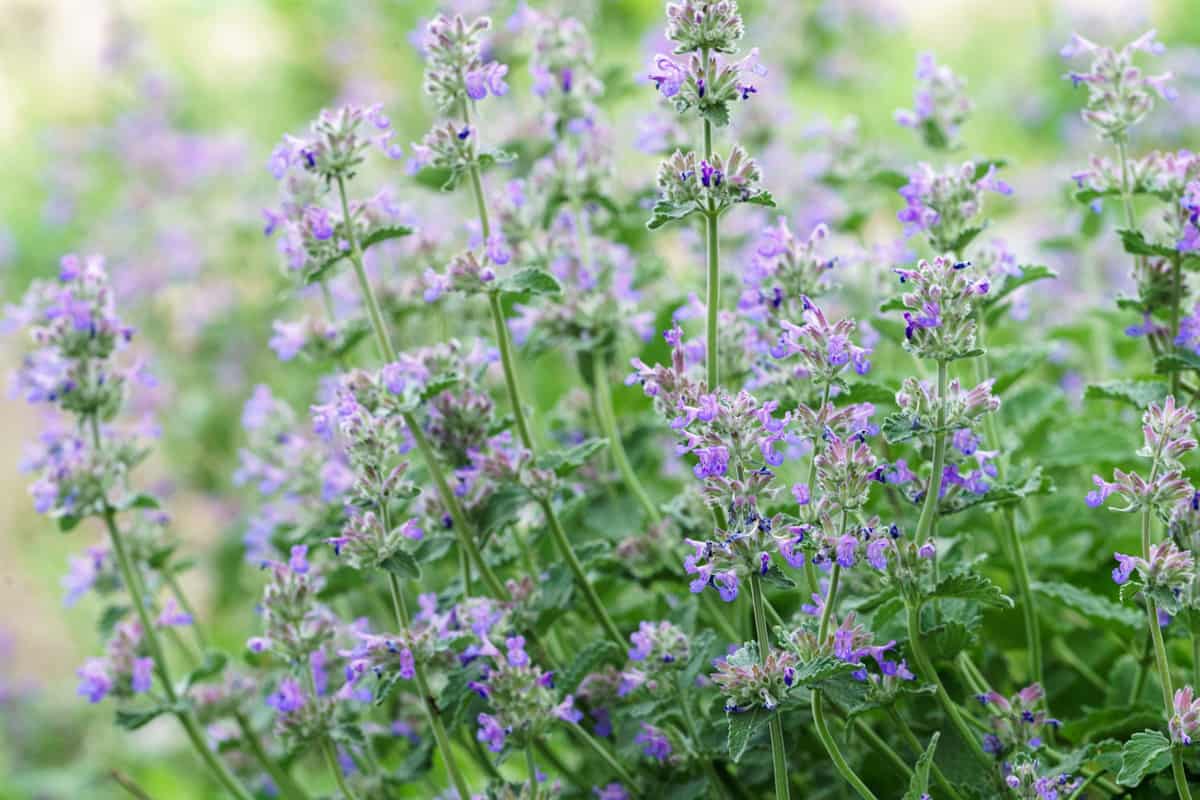
Nepeta, also known as Catnip, has blue flowers that bloom in the summer. It's heat and drought resistant making them a great companion for Lamb's Ear. What's more, it's low growing and bushy, just like Yarrow.
-
Shasta Daisies:
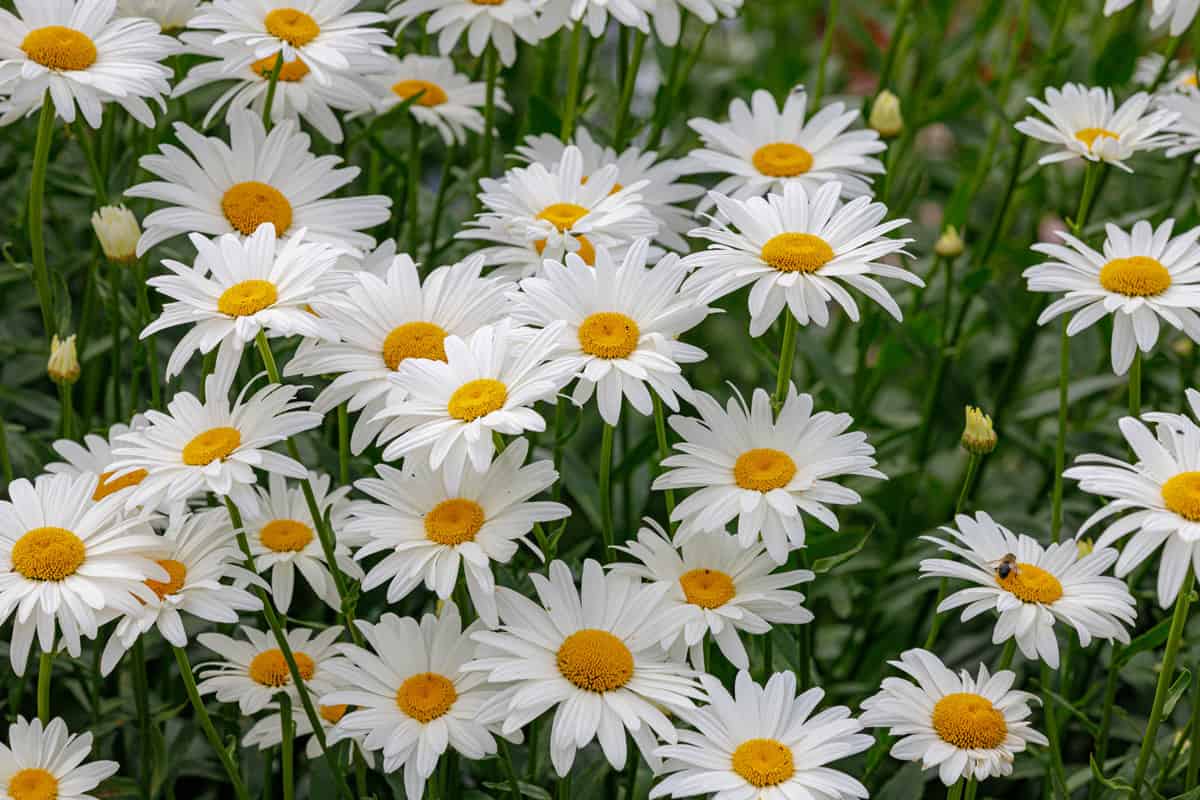
Who doesn't love daisies? Classic Shasta Daisies have a yellow round center with white petals. Equally important, these perennials bloom in the summer and last through fall. Keep in mind, prune your daisies once the flowers die to keep them thriving.
Why Are My Lamb's Ear Not Blooming?
First, check to make sure you have the blooming variety of Lamb's Ear. People know Countess Helen von Stein, Silver Carpet, and Big Ears for the green foliage without the flowers.
If your Lamb's Ear is too shaded, it could prevent the plant from blooming. You can either transplant the Lamb's Ear to a sunnier spot or cut back any tall, surrounding plants that could be overly shading the area.
Another rule of thumb is to clip the long purple stalks as they die off to encourage re-blooming.
Last but not least, they might be over-watered. You've heard this repeatedly to avoid overwatering your Lamb's Ear, so it must be important!
Wrapping It Up
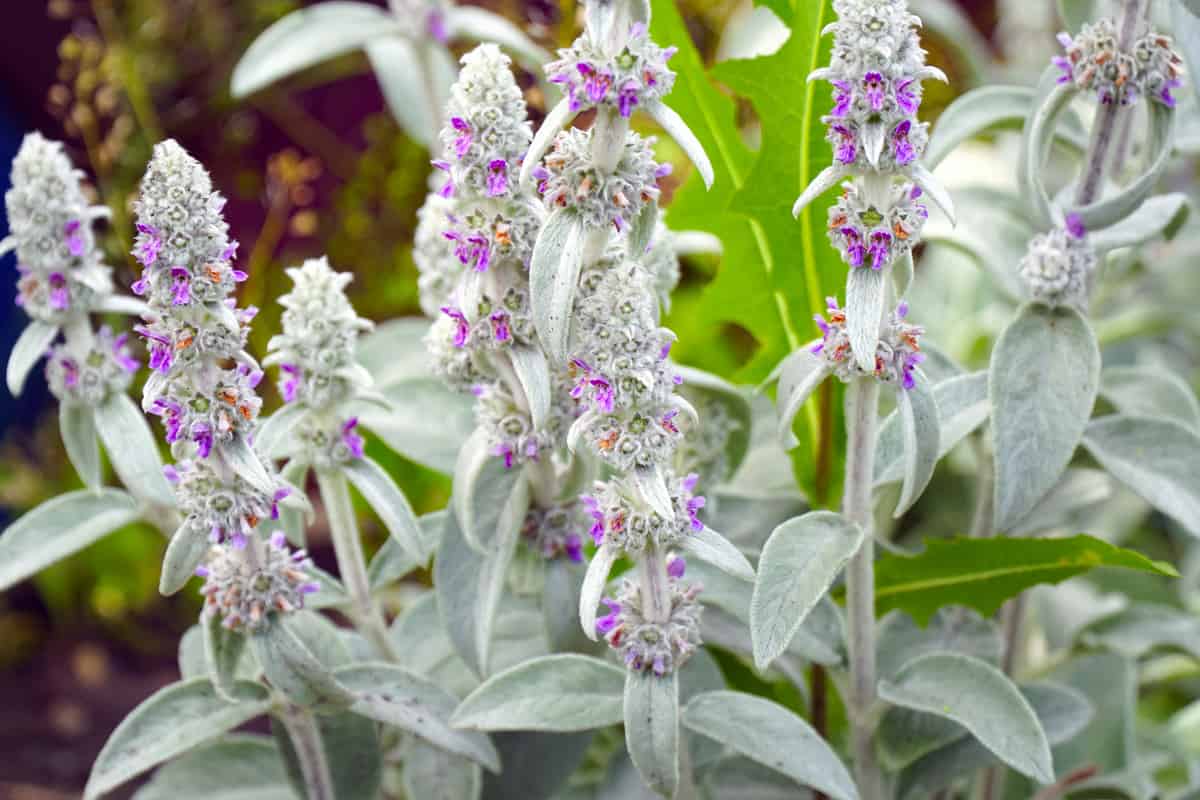
Now you know about nature's most touchable plant. Lamb's Ear does best when cut back early and often, preferably in the fall. However, because of its invasive nature, you can prune back this plant all year long without doing any major damage.
Made it to the end? Check out these related articles!
When To Transplant Daisies [And How To]


